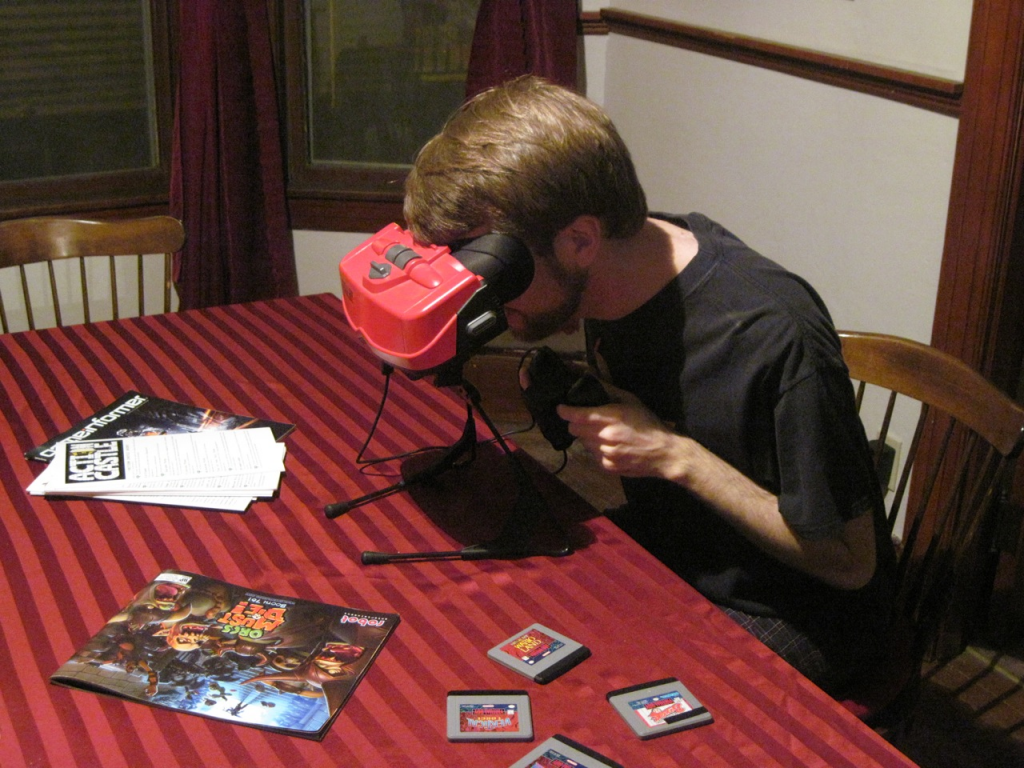
In the 1990s, the video game company Nintendo was the infallible giant of the industry it was a part of. Thanks to the one-two punch combo that was the Nintendo Entertainment System (NES) and its successor, the Super Nintendo Entertainment System (SNES), Nintendo became a cultural icon. These consoles brought video games in an affordable and exciting way to families all over the world. However, Nintendo was no slouch in the portable gaming department either. It released the Game and Watch, which was followed by the Game Boy. These two devices had their own set of games and ports giving you the ability to play “bite-sized” versions of the classic library Nintendo had on their “big brother” consoles.
It seemed that after all these releases, they could do no wrong. However, by the mid ‘90s, the company made its biggest blunder – the Virtual Boy.
Nowadays, one of the most intriguing emergent technologies is that of virtual reality, or VR. We have seen companies in recent times go all out on concepts such as VR goggles and the Metaverse, believing the future of tech to be powered by these ideas. Nintendo, however, thought of its potential long before, developing the Virtual Boy in 1991. It was touted in its advertisements as next-generation technology and it could potentially change the way video games are played forever. The world waited with bated breath for what success Nintendo could come up with this time. By August 1995, the Virtual Boy came to be.
Unfortunately, what eventually released was a far cry from every gamer’s expectations.

Reminiscent of the Power Glove, another gaming accessory that could be considered too ahead of its time, the Virtual Boy simply did no favors when it was released. Instead of a futuristic, hands-free wearable, instead it was a clunky, heavy helmet that needed the use of a controller.
The biggest misnomer of all came in the form of its “next-generation technology” which was not VR but actually just regular old 3D. However, due to the limitations of the device, all its games came in a jarring hue of red in a black background. This was a stark contrast to the colorful and flashy games featured on the NES and SNES.
The console was also unable to play multiplayer games, meaning all it was good for was playing against the computer. This completely eliminated one of the most positive qualities about Nintendo and video games in general, restricting it to a solo activity somewhat made even more bleak due to the red-and-black presentation.
All of these sad facts that plagued both the software and hardware of the Virtual Boy made it out to be Nintendo’s lowest-selling console ever, only selling around a million units. Today, this console is seen as a blemish in the company’s nearly-perfect record as it didn’t deter or derail the company from bouncing back. The Virtual Boy was followed by a plethora of more successful consoles such as the NIntendo 64, GameCube, Game Boy Advance, Wii and its most recent release, the Switch. This means it’s safe to say the Virtual Boy, while a colossal flop, is only a blip in the radar for Nintendo these days. It was merely an idea that was conceived thirty years too early.
However, in the event they do want to make a sequel to right some wrongs, the technology is already primed and ready if ever the thought to take another crack at it crosses their minds.. Or maybe the less said about a Virtual Boy revival, the better.





